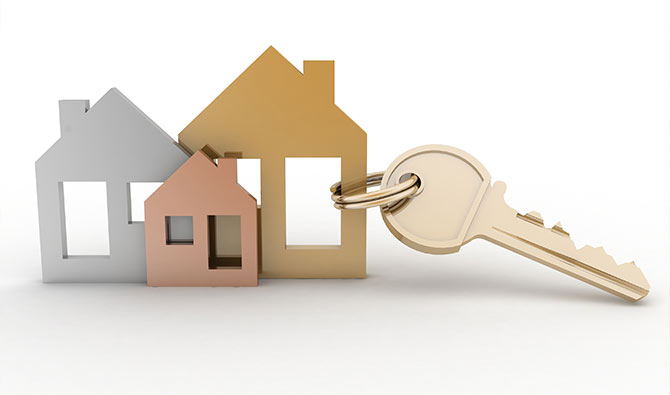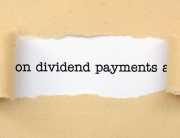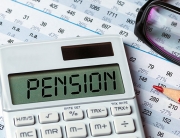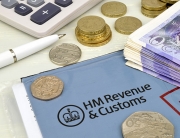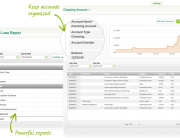In the 2015 Summer Budget and Autumn Statement, the Chancellor introduced several changes that will affect anyone buying or owning a buy-to-let property in the UK.
From 1 April 2016, higher rates of Stamp Duty Land Tax (SDLT) (3% above the current rates) will be charged on the purchase of additional UK residential properties. For example, a property bought now for £500,000 would attract tiered SDLT rates of 0% on the first £125,000, 2% on the next £125,000 and 5% on the remaining £250,000, or £15,000 in total. But after 1 April, the rates will be 3%, 5% and 8% respectively, or £30,000, if the purchaser already owns one or more residential properties.
Also, from 2017 the amount that some landlords can claim in tax relief on their finance costs ie. mortgage interest payments, is being gradually reduced over 4 years. When the new restrictions are fully in force from the beginning of the 2020/21 tax year, landlords will be only be able to claim tax relief at the basic tax rate of 20%, instead of 40% or 45% for those in higher or top rate income tax brackets respectively.
At the moment, you can claim all of the mortgage interest you pay against your income from a property and only pay tax on the difference. If your buy-to-let property has rental income of £10,000 a year and you pay £6,000 interest on your annual mortgage payments, you only pay income tax on the £4,000 difference between the rental income and the mortgage interest. If you pay the basic rate of tax (20%), you’ll owe £800 and if you pay at the higher rate of tax (40%) will owe £1,600, etc. (ignoring other expenses).
From 2017, the way the tax relief is calculated is going to change. Under the new rules, you will owe tax at your personal tax rate on the entire income from a property. From 2020/21, when the rules are fully in force, you will only be able to deduct a maximum of 20% of your mortgage interest payments from this tax liability to calculate the amount of tax due. If you pay income tax at the basic rate of 20%, you won’t see any change in the amount you owe.
If your buy-to-let property generates a rental income of £10,000 a year with mortgage interest paid of £6,000. In 2020, when the new rules are introduced in full, you will be taxed at 20% of £10,000 (or £2,000). Then 20% of your £6,000 mortgage interest payments (or £1,200) can be deducted, leaving you with a tax bill of £800, the same as before. But higher and top-rate taxpayers will pay more. Based on the same scenario, in 2020, higher-rate taxpayers will be taxed at 40% of £10,000 (or £4,000), but will only be able to deduct 20% of their £6,000 mortgage interest payments (or £1,200). This will leave higher-rate taxpayers with a tax bill of £2,800, compared to £1,600 under the current system.
In addition to the above the Chancellor has proposed that, from April 2016, you’ll only be able to claim for ‘wear and tear’ costs actually incurred on replacing furnishings when calculating taxable profits. You’ll do so by providing itemised receipts that show the replacement goods you’ve purchased or repairs you’ve carried out. Currently, you’re given an allowance regardless of your actual expenditure.
Landlords must already follow certain safety rules. These include obtaining an Energy Performance Certificate for a property before advertising it to tenants as well as an annual Gas Safety Certificates for their property’s boiler and other gas appliances. New measures include rules for preventing legionnaire’s disease and for fitting smoke and carbon monoxide alarms.
Also, the government is proposing new rules to make it more difficult for landlords to evict a tenant if the property’s appliances don’t have a current Gas Safety Certificate.

